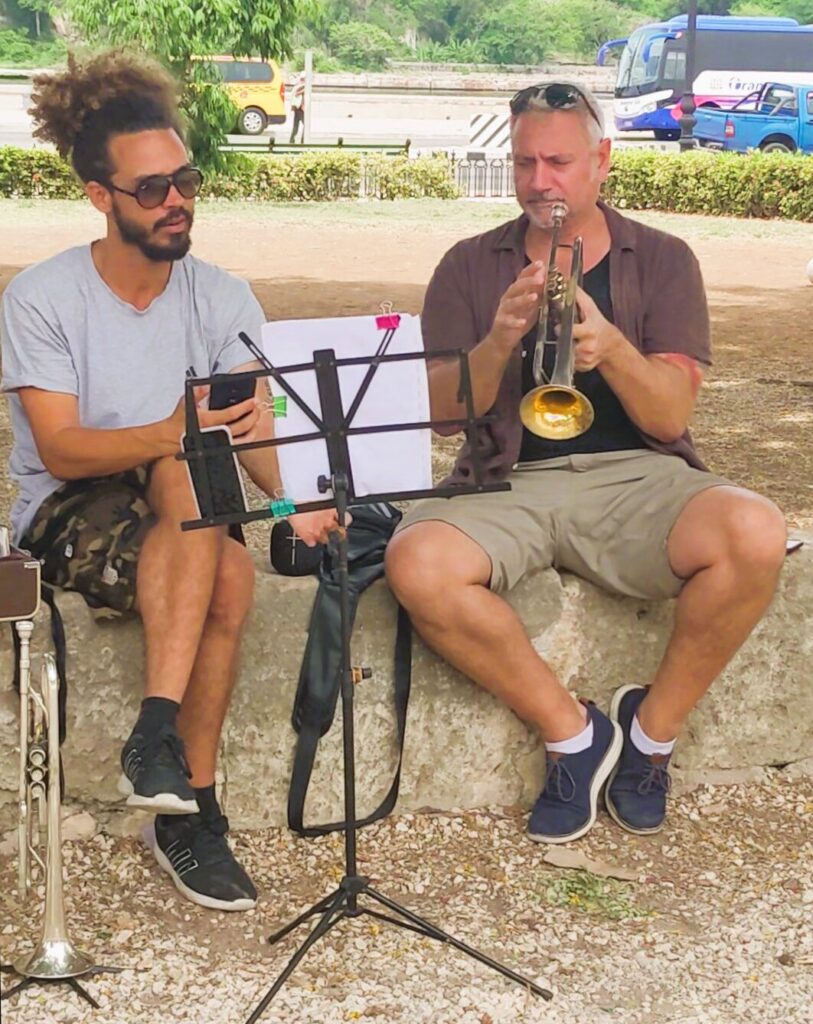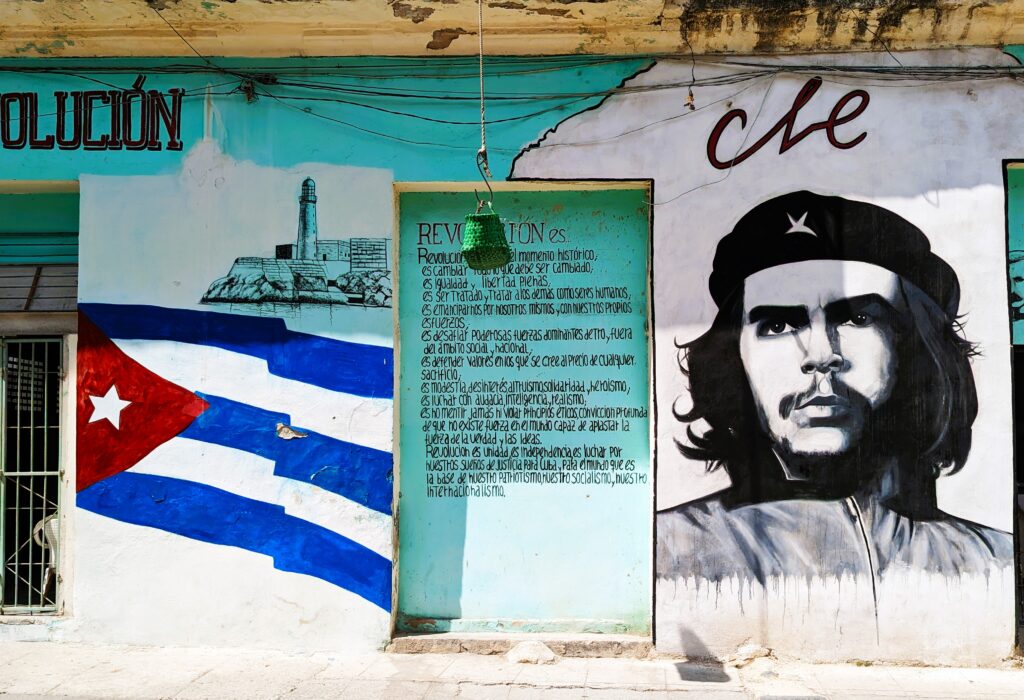
Havana Dreaming
by Mark Probst
“I wasn’t sure I was going to be allowed out of Havana on the afternoon of our departure. Going through security, they told me I was not allowed to continue to the gates. My bags were then confiscated because I was carrying an illegal item.
They proceeded to give me a full physical pat-down. After my initial shock and confusion, I demanded to know why my bags weren’t being released and why I couldn’t go to the gates to catch my flight.
After some broken Spanish and slightly heated conversations, I finally found out what I had done wrong. I wasn’t informed when I entered Cuba two weeks prior that my luggage contained contraband. I realized I would need the help of a United Airlines representative if I was going to be allowed to board the plane home.”
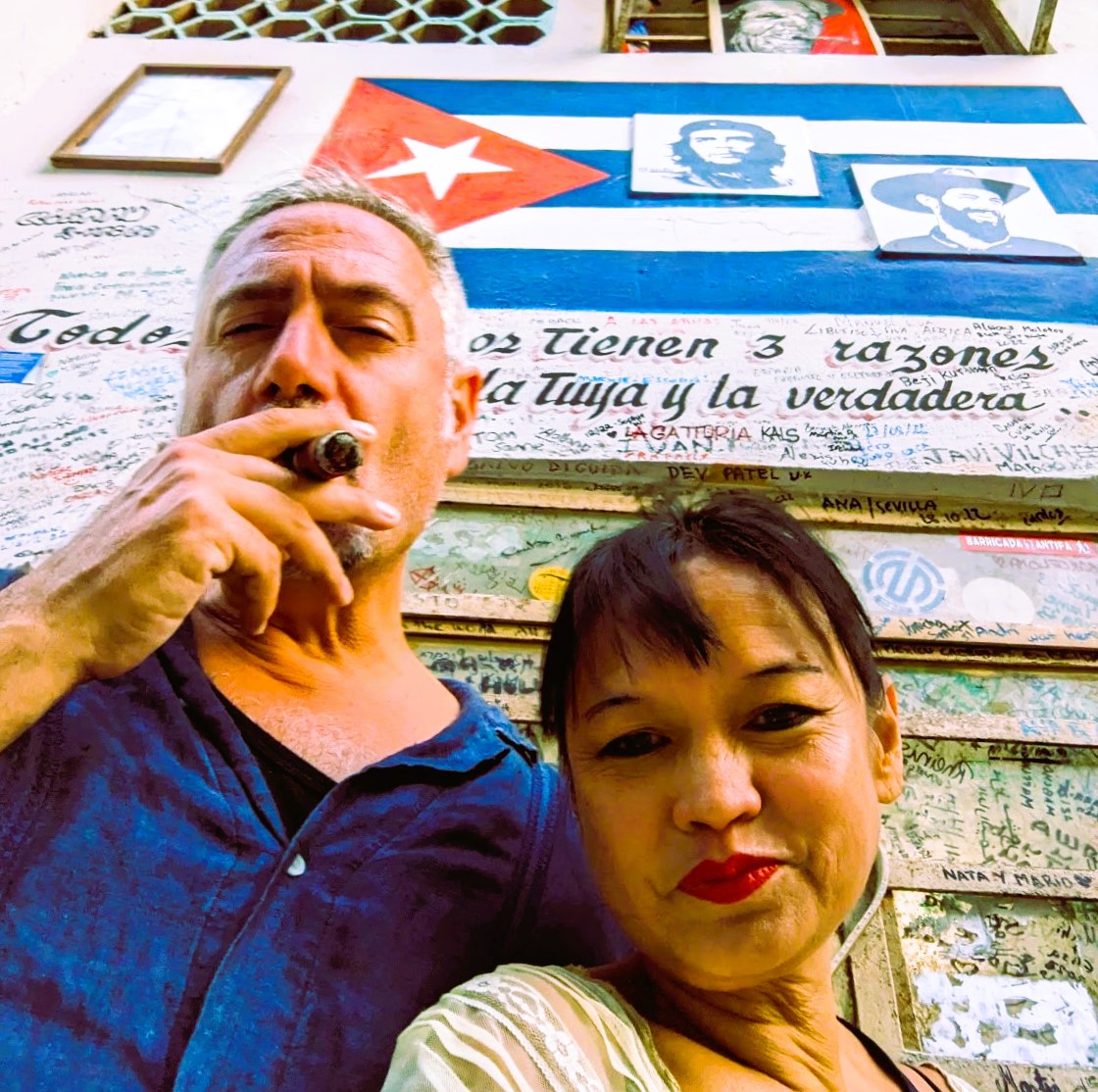
“Sometimes following your heart means losing your mind.”
Ernest Hemingway
Arrival
Cuba has called to me since I was young, though it always seemed a world away. The sound of Arturo Sandoval’s trumpet first piqued my interest in the island nation. Later, Tito Puente, Guajiro, and others deepened my longing to see and feel it firsthand. As I grew older and delved deeper into Cuban history, I became increasingly fascinated by the city of Havana, particularly pre-Fidel Havana. For a time, a playground for the mafia, Hollywood A-listers, and of course, Ernest Hemingway, seeing films of the landscape and the Malecon further fueled my intrigue. Additionally, Cuba’s love of America’s pastime, and the incredible talent of Cuban baseball players, endeared me even more and solidified my desire to visit. Havana simply felt like a place I had to experience.
We arrived in Cuba on a hot and humid Sunday morning in April. The two-hour flight from Houston was easy, and we were eager to retrieve our luggage, find our transportation, and venture into the heart of Havana. We knew our phones, debit cards, and credit cards might not work in Cuba, but we were hopeful our Singaporean cards would be accepted. How wrong we were.
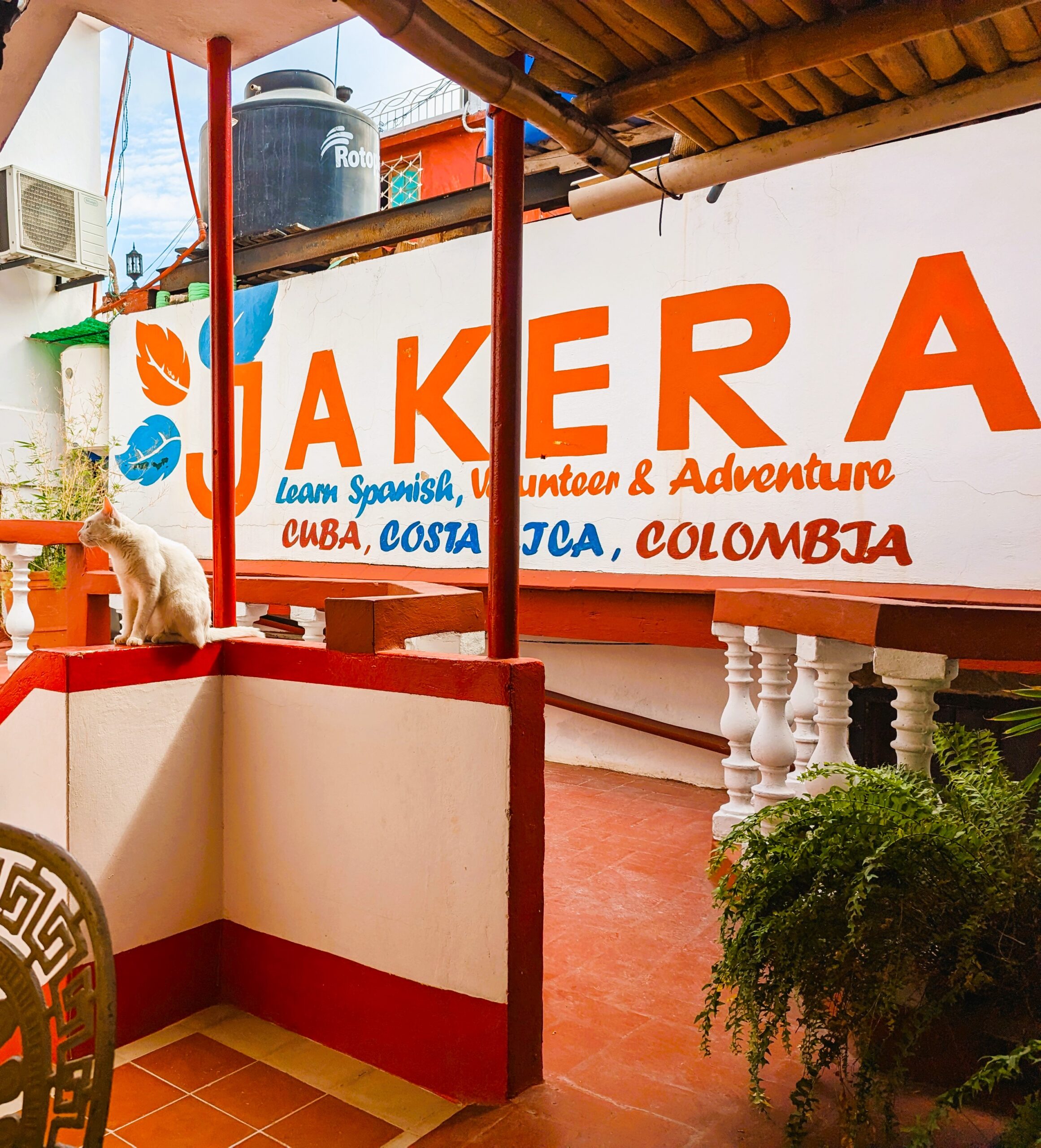
An Incredible Experience
One of the things we really wanted to do while in Havana was to immerse ourselves in Cuban culture, with daily language, music, and salsa lessons or events. I had been told by a couple of friends about a really cool program owned by a local entrepreneur in Havana, who has run an immersion school as a family business in the El Centro area of the city for many years.
Offering Spanish classes, salsa lessons, volunteer opportunities, and curated tours throughout Cuba, Jakera provided us with all of these opportunities. It also provided us with easier, legal access to enter and exit the country.
We also knew that many of the school’s participants were repeat guests who not only loved the experience it provided but also had grown close with the owner and other members of the staff. Arriving at Jakera and meeting everyone, we instantly knew we had made the right decision.
The owner and staff were able to answer all of our questions about traveling in Cuba prior to our arrival, and they had transport waiting for us at the airport. The owner was also waiting for us when we arrived at the school.
As I had been told, everything was easier to coordinate from day one to the day we left. Access to the places we wanted to go, pick-up and departure arrangements, information about where to exchange money, the best spots for locals to eat, and the top places to see amazing local artists – it was a great setup for us.
Even better were the classes we took while staying at Jakera. Our teachers at the school, and the salsa studio they partner with, La Casa del Son, were absolutely top-notch. We had classes every morning from 9:00 to 12:00 pm, followed by salsa lessons in the afternoon or a walking tour of Havana.
The people who work at Jakera are very close to the travelers staying and learning at the school, and the owner fosters a welcoming and fun atmosphere.
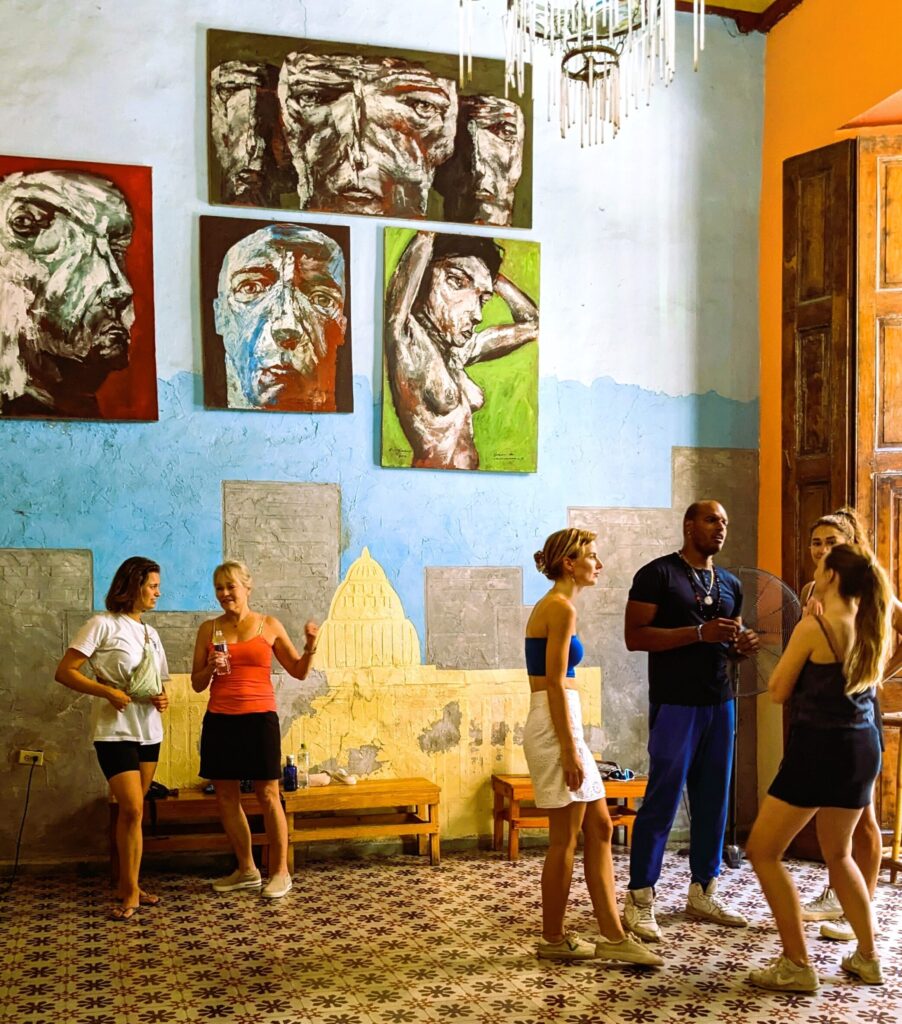
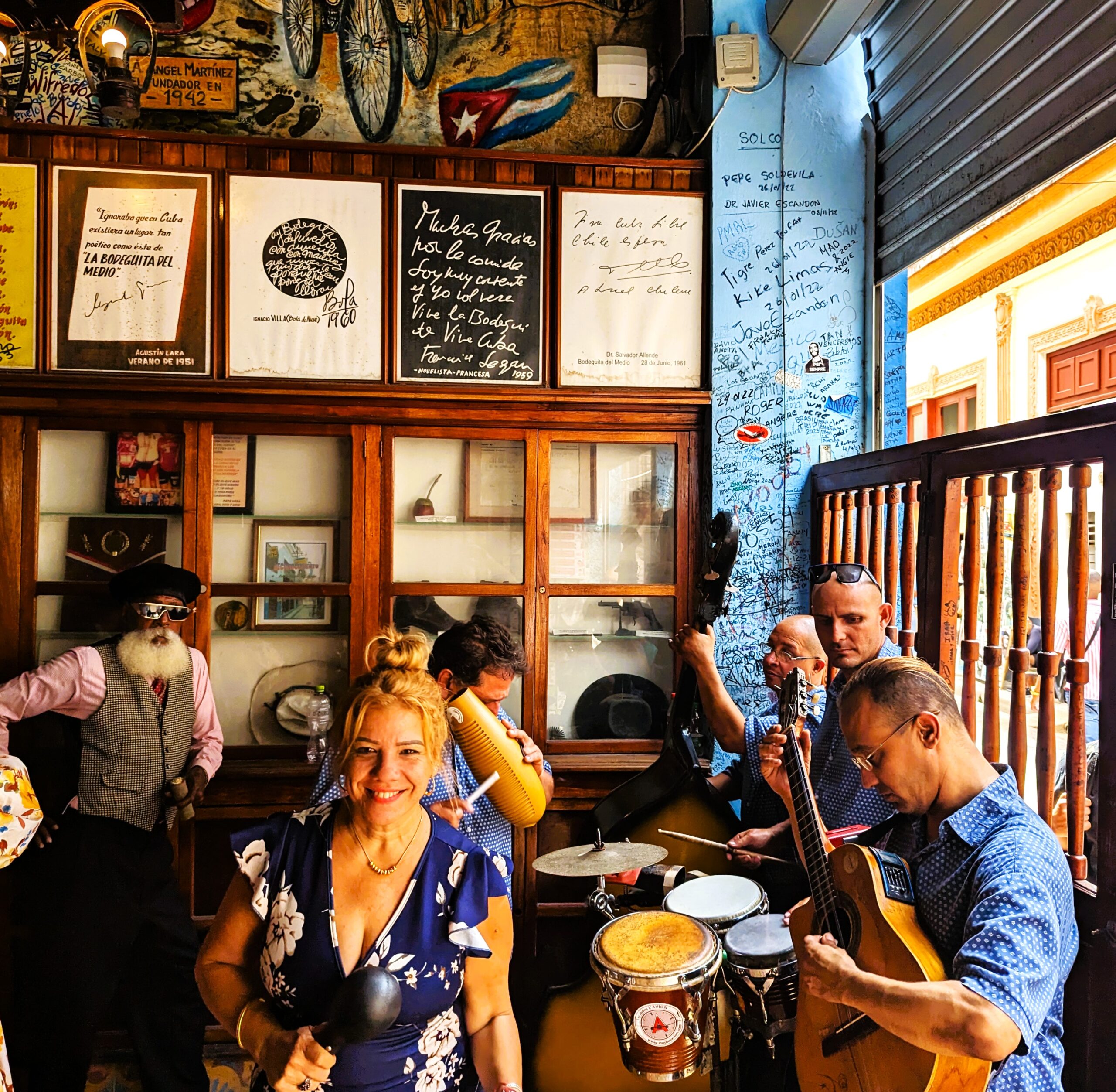
La Musica
Walking the streets in the historic area of Havana is a lot like walking around the French Quarter in New Orleans. There’s a palpable energy in the air on most streets, the architecture is beautiful, and it doesn’t take long before you walk down a random block and hear music blaring out of a club, or from musicians on the street. It’s often a horn player playing some crazy high licks, drawing you towards him with their sound. Inevitably, as you approach, Cubans are dancing salsa in the open establishment, and often dancing or watching from the street.
This is the main thing that drove me to Havana: the Cuban horn. Hearing Cuban trumpeters scream solos with such range, dexterity, tempo, and bravado, I love the sound and the feeling it evokes within me. It creates an incredible energy, and salsa is the perfect release.
Cuba has an incredibly rich history when it comes to contributing to the umbrella of Jazz. One of the great events we attended while in Havana was the Buena Vista All-Stars, where we saw legends like Barbarito Torres and Juan de Marcos González perform. Some of the performers were well into their 80s, and they wore us all out with their infectious energy, leading a dance parade around the venue and bringing us all on stage for the finale. Yes, it was touristy, but it was also every bit the world-class musicianship and experience that made the movie Buena Vista Social Club a worldwide phenomenon.
We were also very fortunate to see Brenda Navarrete perform. A rising star in Havana, Navarrete is a stunning jazz and Afro-Cuban percussionist with a beautiful voice.
They were filming a music video for her that night, so there was a lot of excitement, and the show was fantastic. What also stood out to us was the club itself. Not so subtly called “Speak Easy,” including a movable bookcase as the door for entry, the club was designed with an opulence to rival any posh hotspot in New York or Miami. Among the chandeliers and the velvet chairs, there was caviar on the menu, and bottle service was part of the table charge. It was a huge departure from most every other place we saw or visited in Havana.
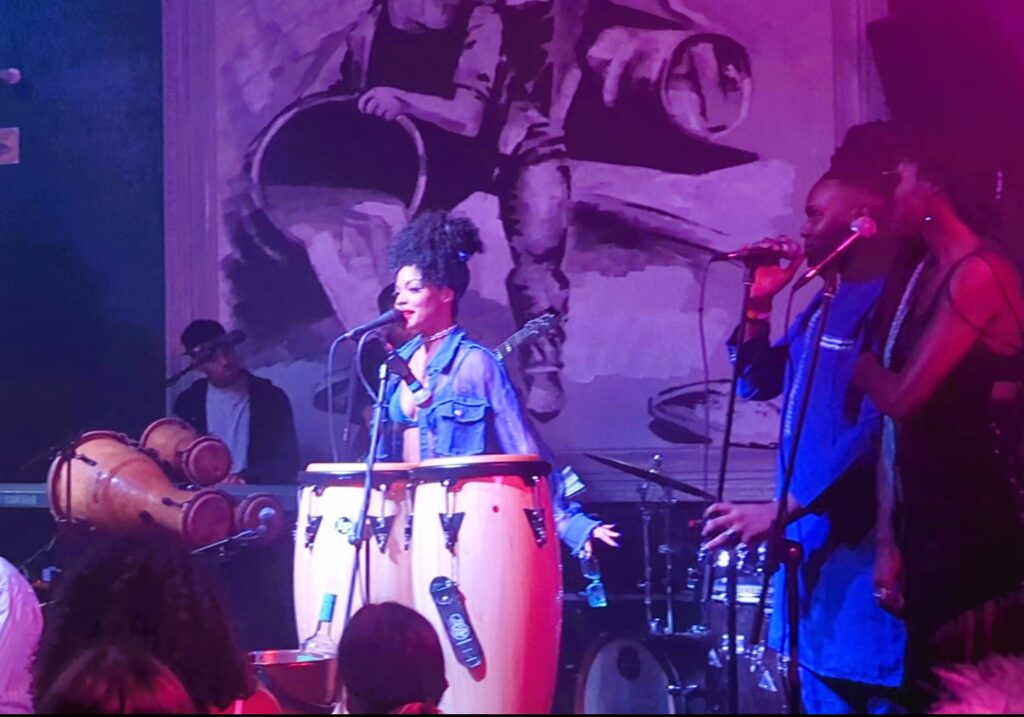
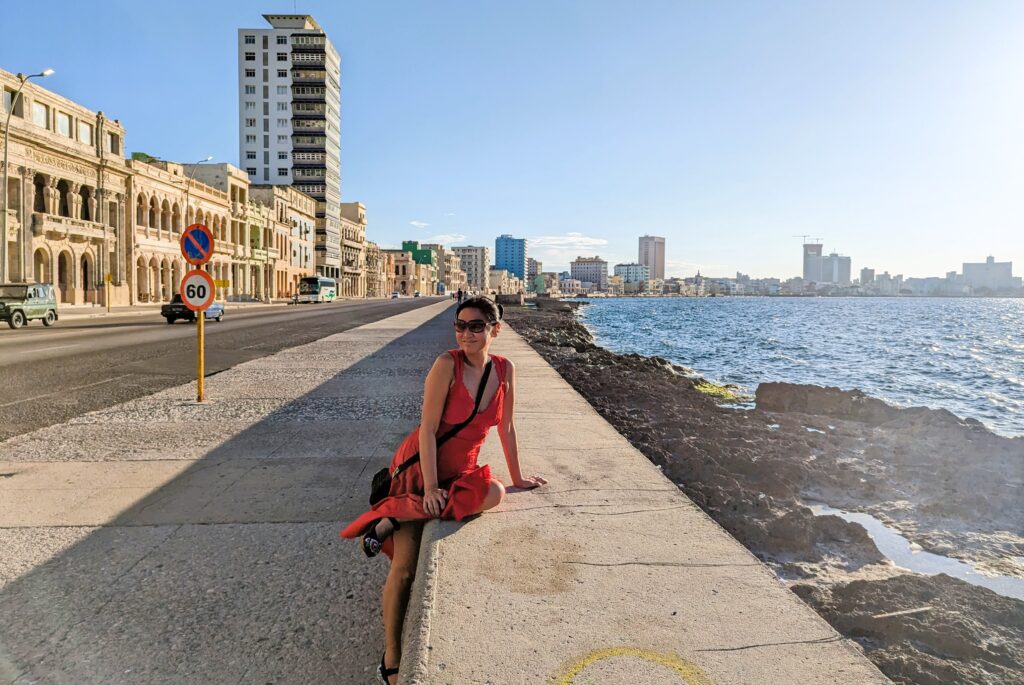
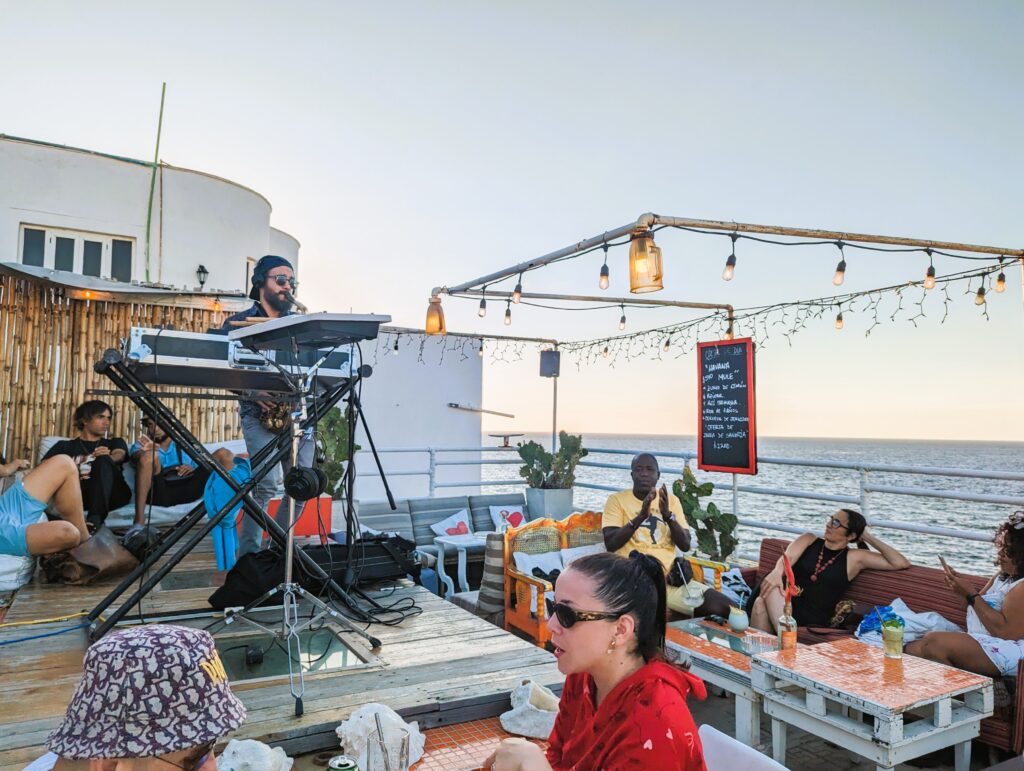
The Malecon
The Malecon in Cuba is not only incredibly iconic and full of tourists, it’s also a place where locals spend a lot of time. Featured in numerous movies, most recently in the opening scene of Fast and Furious [insert number], the Malecon showcases an amazing eight-mile walk along the coast of Havana, with numerous historic hotels and political buildings in the background.
Unfortunately, movies can distort the truth. Walking the Malecon for the first time, we were a little taken aback by the condition of the boardwalk and the buildings lining it. A good portion of the drive was marked by structures that were long past disrepair, abandoned, and in many cases, uninhabitable.
Still, similar to the end of the siesta in Spain or the passeggiata in Italy, as it cools down in the evening, the Malecon livens up at night. Cubans flock to the promenade along the sea to walk, talk, fish, and simply enjoy the open air.
It’s not hard to imagine how this amazing avenue was once the place to be seen and stay in luxury, and how quickly that could happen again.
We went to a few places on the Malecon, many quaint hipster spots with live music and fancy cocktails. The views of the city and the bay are gorgeous, and the energy along the promenade is infectious.
Post Pandemic, Inflation, and the Embargo
Like many countries these days, including the United States, Cuba is experiencing supply chain issues, rising prices, and a crunch on “living wage” jobs that provide, at a minimum, a modest, sustainable lifestyle for raising a family. Also like Americans back home, the Cuban people are skeptical about how much of the current issues are due to the pandemic, worldwide inflation, or other factors.
In the United States, price gouging is apathetically expected by Americans. The main complaint we heard from Cubans was that many of the shortages they saw on a daily basis in the supermarket or their local café were readily available in the high-end hotels and tourist spots. Of course, the embargo and Cuba’s relationship with the United States were also huge topics and points of debate. We did our best to put our own perspectives aside while in Cuba and mostly just tried to listen to Cubans talking about their lives and the challenges they were facing.
Speaking with many Cubans of different economic means, there was one perspective that was a common theme: Things are not great at the moment, evidenced by the sporadic protests they’ve had over the past couple of years, but they were all hopeful for impactful change soon.
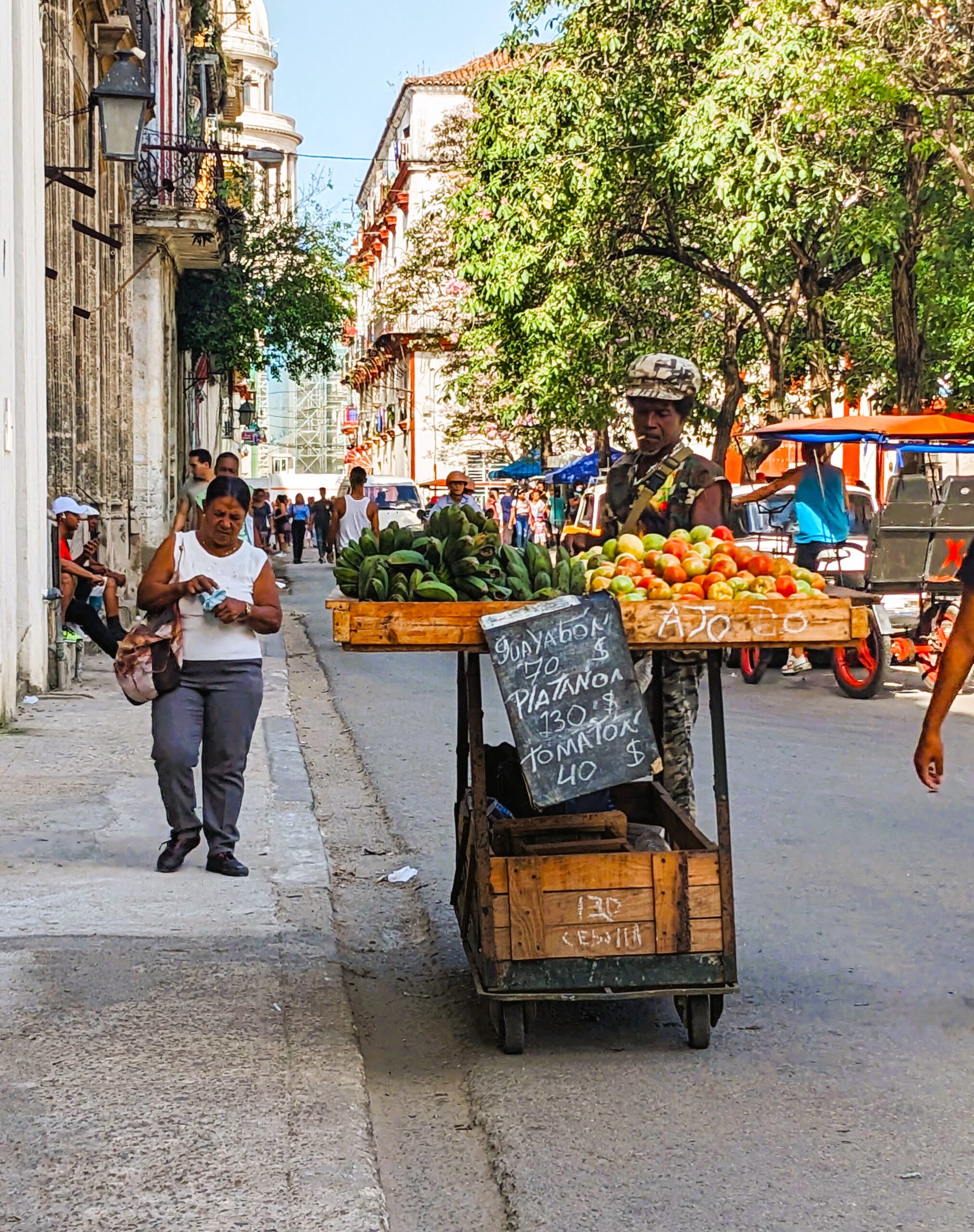
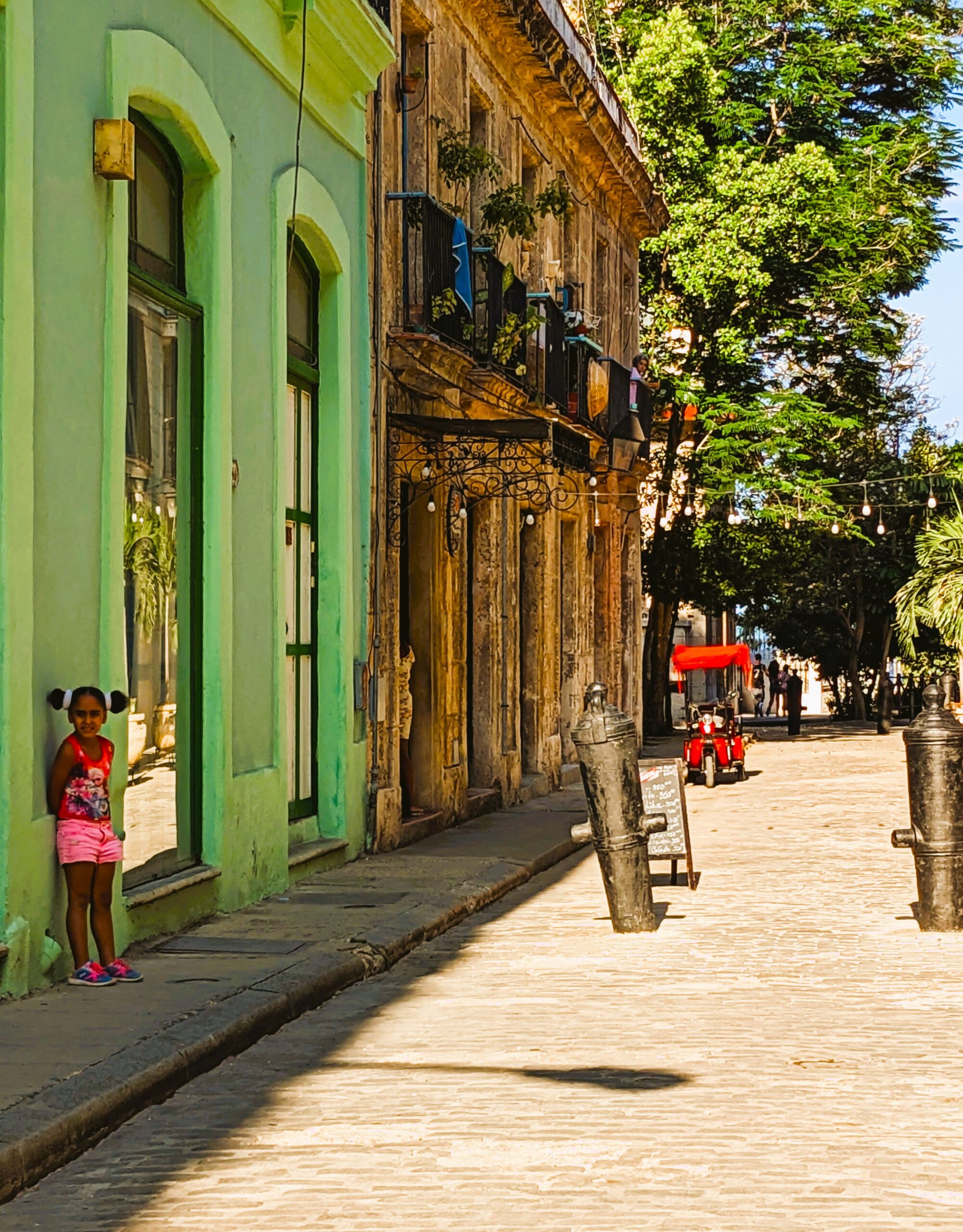
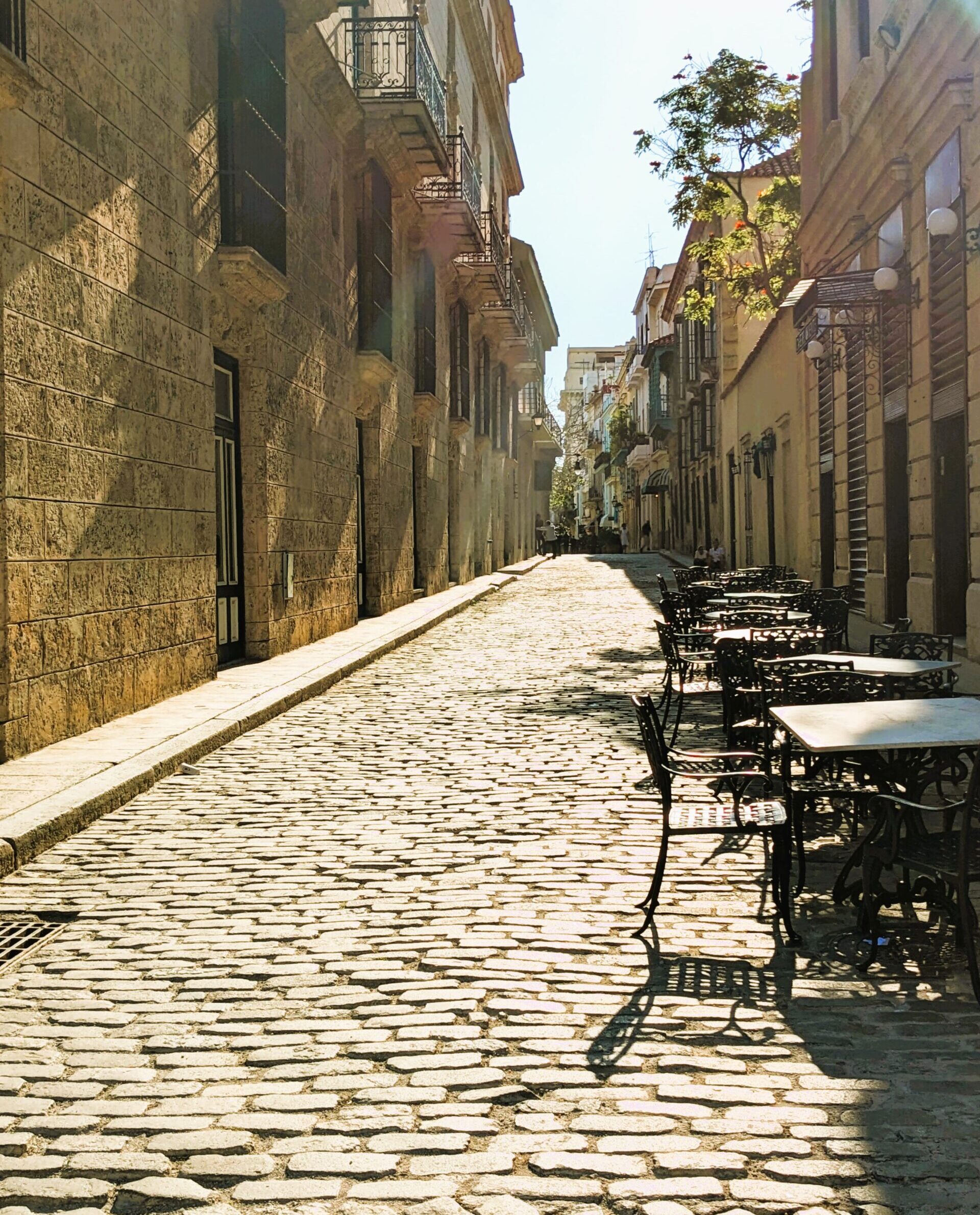
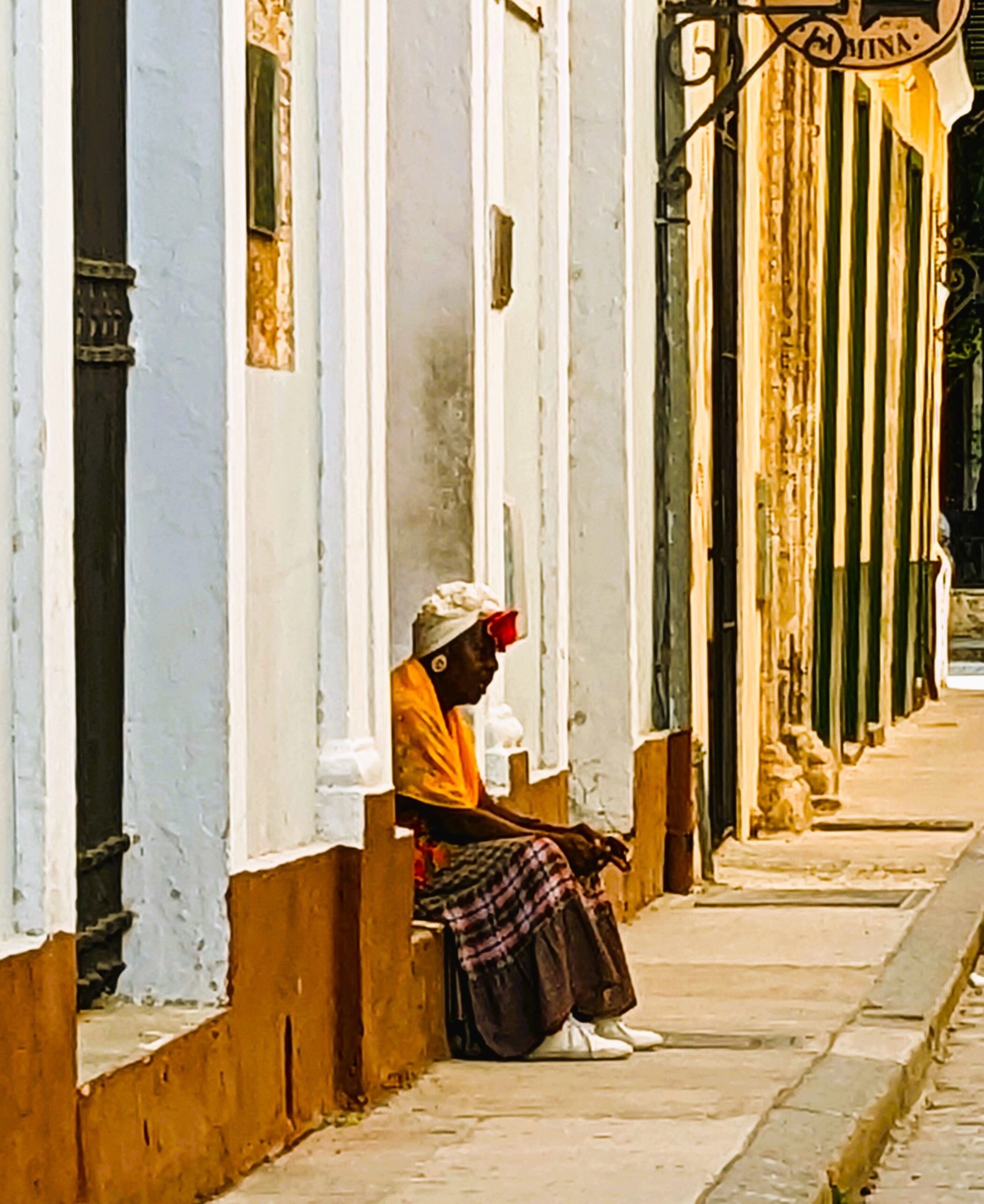
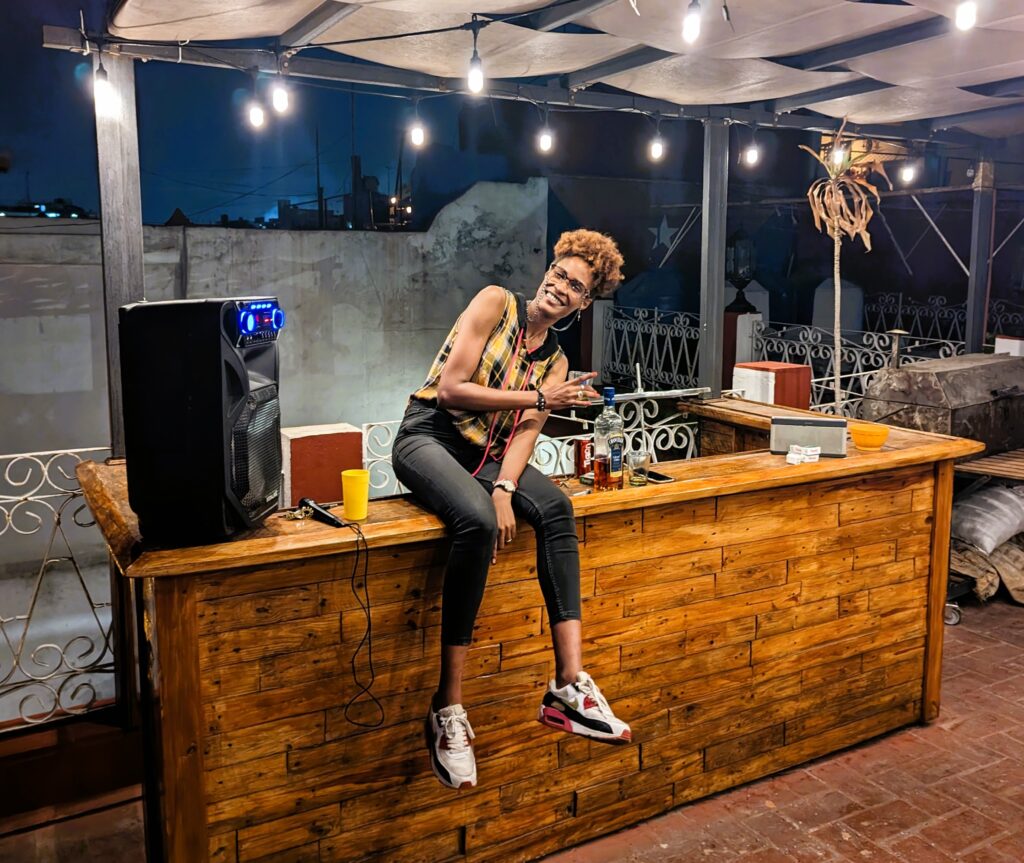
Saying Goodbye
The last few nights in Havana were bittersweet. We had such an amazing time with the crew at Jakera, and we were loving our nights in the city, the music, the food, and the dancing. But we were also running out of money, literally. Without the ability to access ATMs for cash, withdraw money from a Cuban bank, use debit or credit cards, or receive money electronically, we were broke.
We were fine that our phones didn’t work, or that we rarely had access to the internet – it was only a couple of weeks, so it was something we embraced and actually enjoyed most of the time. We understand how privileged and fortunate we are to be able to make the trip in the first place, and to be able to bring cash to sustain us for the two weeks. But the lack of being able to access money to buy basic necessities like milk or bread, or even go inside a grocery store to shop for these items, was a very different experience. It gives you perspective very quickly.
Still, leaving Jakera and driving out of the city, we were torn. Part of us really wanted more time in Havana, taking in the city and culture with amazing new friends. We can’t wait to go back for more time in Havana, and to explore other parts of Cuba.
A Bit of a Bumpy Ride Out
Waiting to get through security, I couldn’t stop thinking about everything we had done over the past few weeks; the energy was pulsating through my head. This continued even after I was pulled aside and forced to get a United representative to come talk to security about my illegal contraband.
After tracking down a United Airlines agent and explaining why security had stopped me, I told her security said it was my trumpet, that it was illegal to bring a musical instrument into Cuba. She rolled her eyes and came with me back to security.
Fortunately, she was able to sort things out, and within a few minutes, I had my trumpet and could proceed to the gates. When I asked her if it was really illegal to bring a trumpet into Cuba, or if it was something else, she shrugged her shoulders and told me not to worry about it. She muttered as she started walking off, “It’s Cuba; the rules change all the time.”
